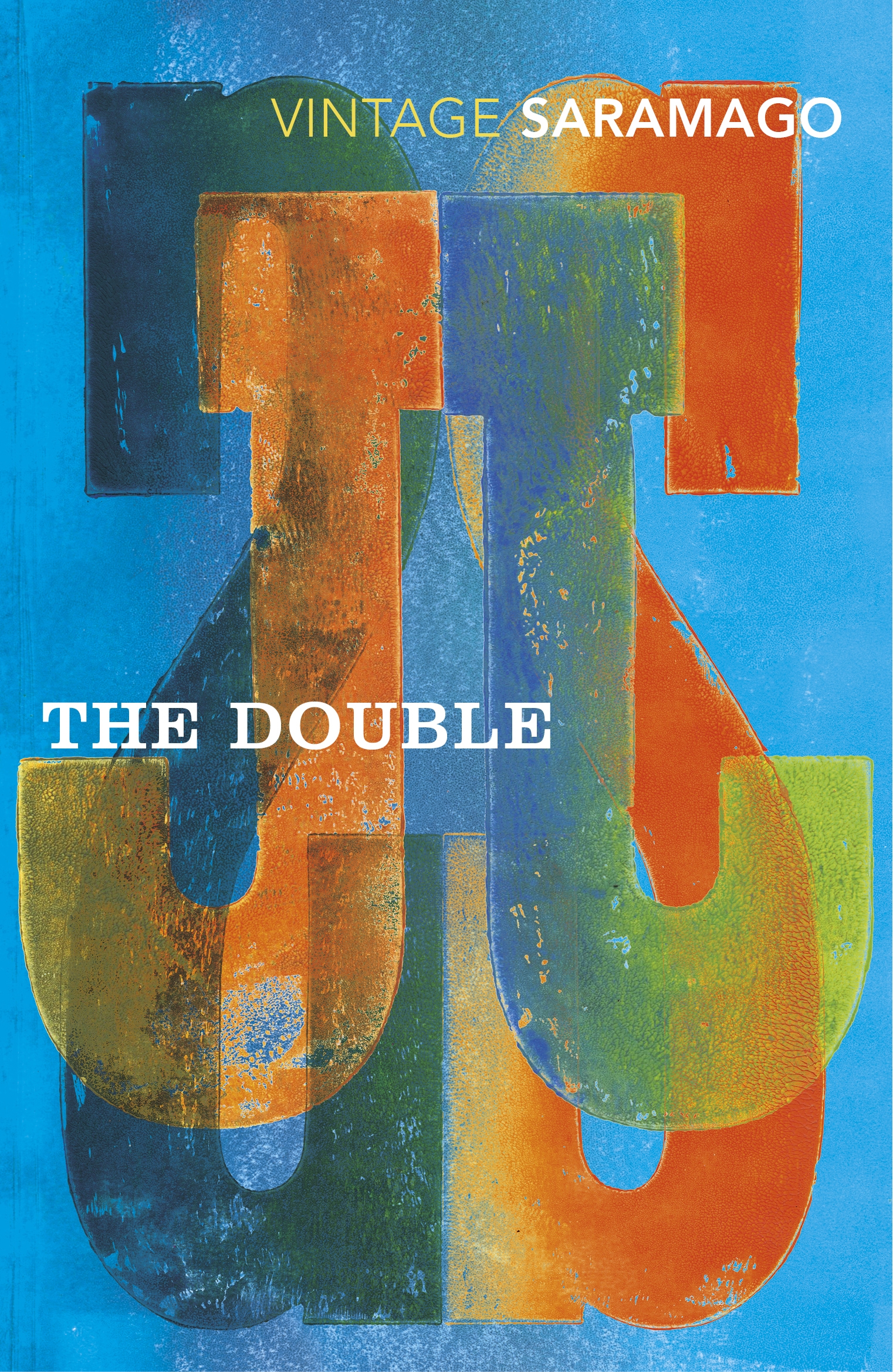

Tertuliano becomes obsessed with the idea of meeting the person he takes to be his double and, after viewing dozens of other films, manages to discover the actor's name, Antonio Claro, and track him down.Īt last the protagonist and his reflection meet.

Saramago tells the story of the awkwardly named professor Tertuliano Máximo Afonso who one day, while viewing a banal video a colleague has recommended, discovers that one of the minor actors in it is his identical, if younger, twin (the original Portuguese title literally translates as The Duplicated Man). His new novel, The Double, continues this echoing tradition. Whether a different version of Christ's Passion (The Gospel According to Jesus Christ) or another account of the universal scourge (Blindness), Saramago has found in these primordial narratives fodder for his own fictional world. José Saramago is obviously fond of rewriting old tales. It is one of the most complex, most retold, richest of our fables.

The double has many names its mirroring quality is echoed in the Greek legends of Narcissus, of the Dioscuri, of the Androgyne. Made in our own image, the double can incarnate our evil acts (as in Wilde's The Picture of Dorian Grey and in Stevenson's Dr Jekyll and Mr Hyde ), or kindly take our place in order to perform a seemingly impossible task (in Charles Nodier's "The Legend of Sister Beatrice" and in the magical "Chienniang", one of the many stories in the eighth-century Chinese collection T'aip'ing Kwangchi).


 0 kommentar(er)
0 kommentar(er)
